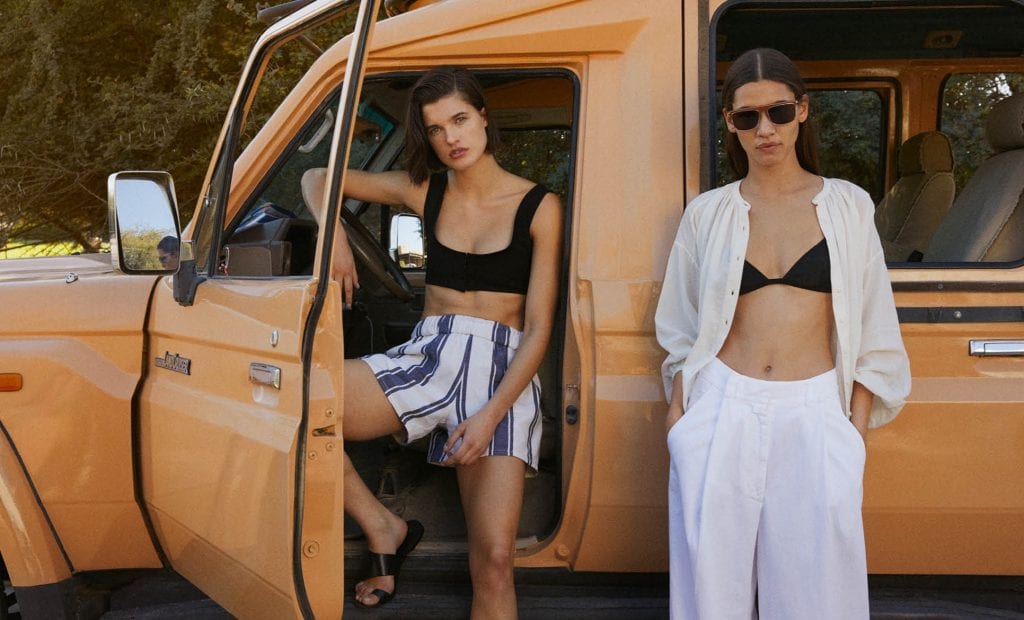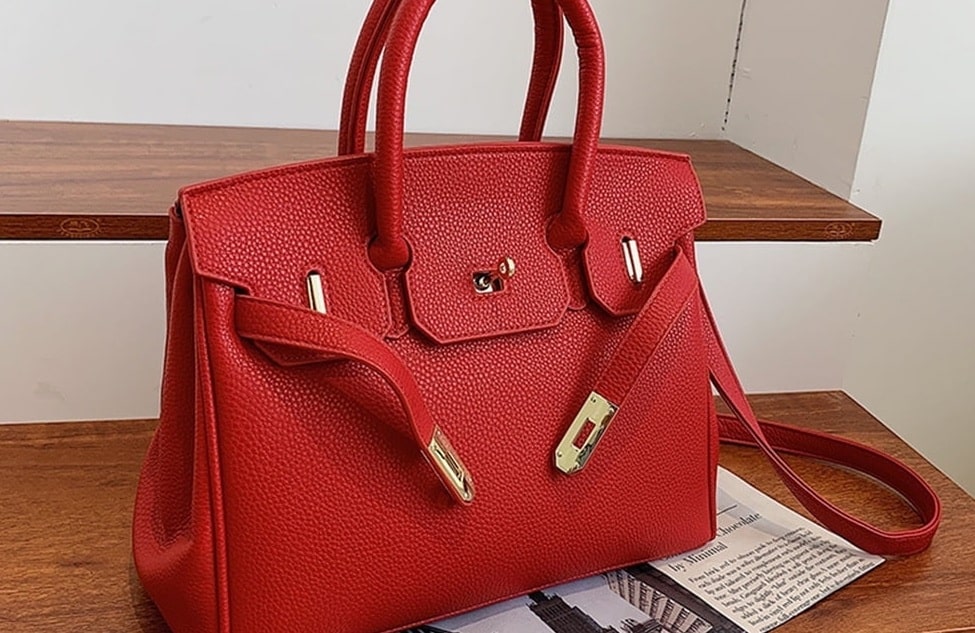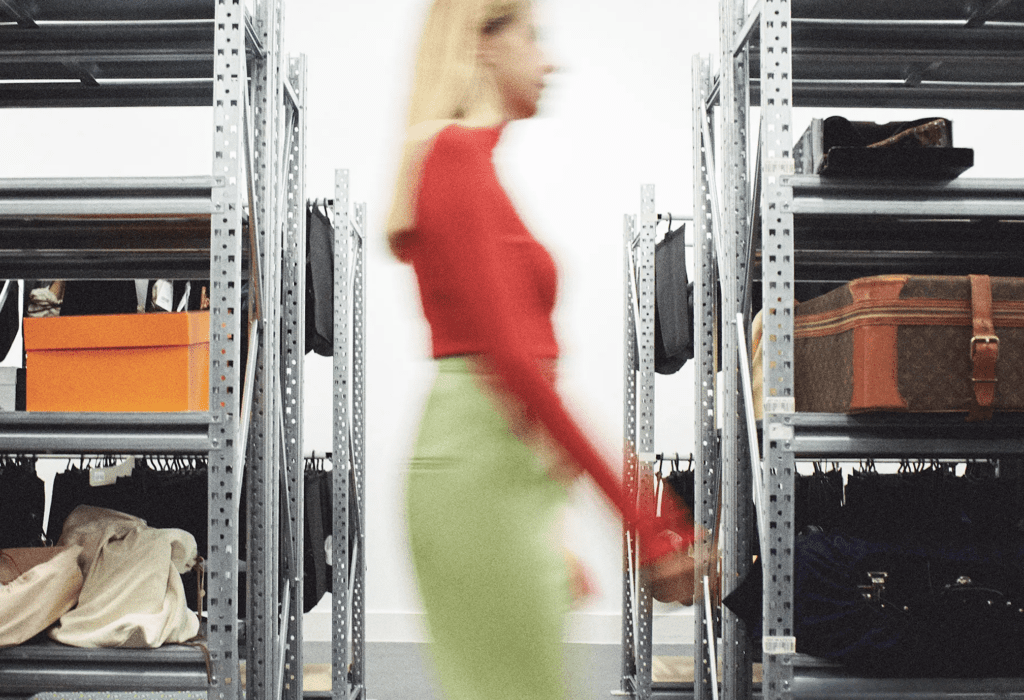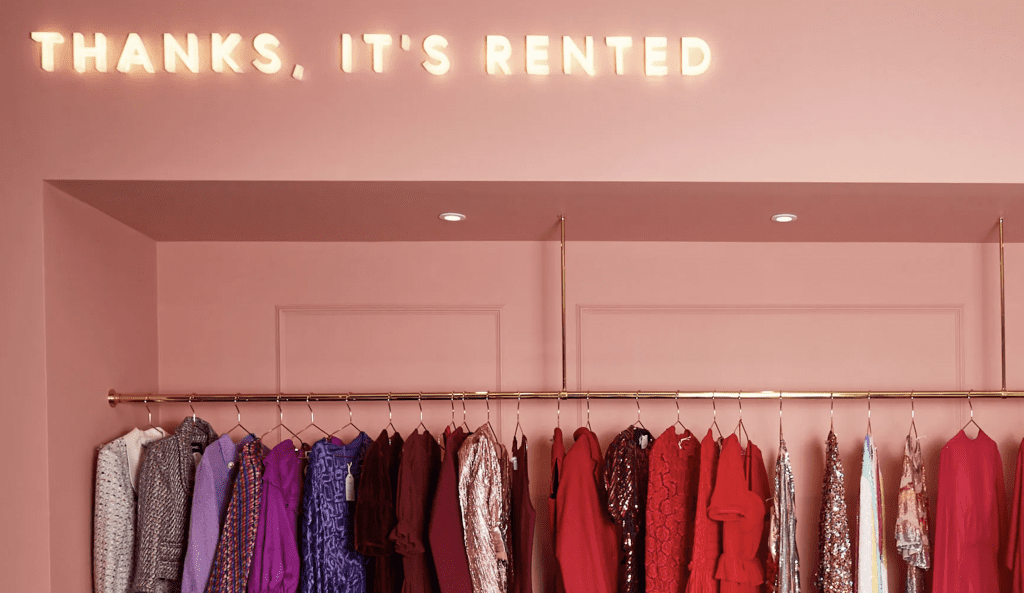Why are brands staging over-the-top runway shows, on-location – from Monaco to Marrakech – in between their usual Fall/Winter and Spring/Summer slots on the bi-annual fashion month calendar? It is the same reason they are bolstering their offerings of everything from sundresses to swimwear: because resort is a sizable business. And it is not just the industry’s most well-known luxury names like Gucci and Chanel that are upping their efforts to cater to traveling consumers, a wide array of premium-positioned brands are, and retailers are, too.
Net-a-Porter, for one, “is aggressively invested in the resortwear category,” according to the Wall Street Journal. It turns out, the London-based luxury e-commerce giant’s annual Jet-a-Porter program, which consists of resort capsule collections from nearly 60 different brands, is a big money-maker.
Elizabeth von der Goltz, the company’s global buying director, told the WSJ that the Jet-a-Porter capsule collections have beaten sales estimates annually since the program’s launch in 2017. “For us, it’s truly a full-price business because we don’t mark down the product at the times you would expect us to,” she says, a sentiment that is in line with what fashion data company EDITED found, which is that markdowns in the resort category actually decreased from 2017 to 2018, all while the number of products being offered increased.
WSJ also pointed to Gwyneth Paltrow’s GOOP, another company that is banking on resort. Full-priced swimwear “accounts for nearly a fifth of Goop’s total fashion business during its summer season,” says the company’s SVP of fashion, Shaun Kearny. “People are really willing to splurge a bit, and I think that’s the reason we can expect more regular-price [purchases] in this category.”
The pressures to keep up appearances, namely by way of Instagram documentation of holidays and the wardrobes at play, is also a driving force here, of course. With the rise of social media photo sharing, vacations have become prime-times for content creation, whether you are an influencer or merely a fashion-minded consumer.
Consumers’ willingness to pay full price should not be overlooked, as it is something of a rarity. In a July 2016 report from New York-based market research company, NPD Group found that off-price purchases accounted for a whopping 75 percent of all apparel sales in the U.S. More than that, as retail business analytics firm First Insight revealed more recently, 45 percent of American women need to see a markdown of 41 percent or more to be willing even enter into a store. In other words, sales are the status quo, and consumers have noticed.
This larger trend of consumers seemingly expecting markdowns nearly across the board has resulted in consumers who are, as a whole, far less willing to pay full price for many things anymore, with apparel and accessories hit particularly hard. This is a problem that is very clearly facing mass-market brands like Gap, which have struggled to retrain discount-demanding consumers, but also high-fashion names like Prada, the latter of which recently swore of end-of-season sales within its main brick-and-mortar stores in an attempt, per Prada’s chief executive officer Patrizio Bertelli, to “strengthen the brand’s image and in particular, it’s going to guarantee higher margins for us.”
First Insight went further, declaring that consumers are generally willing to pay only 76 percent of the full price of womenswear products, noting that “consumers are not seeing enough value in products to pay full price.”
It seems resortwear is one gleaming category that might just be an exception.











